Reading with your child is literally “brain-changing".
Innumerable studies have shown that shared reading between a child and an adult has many important benefits for children. Shared reading causes the firing of an immense number of neurons, creating new circuits and strengthening existing ones.
Studies have found that children who are exposed to strong reading environments at home develop larger neural circuits that support narrative comprehension. This process facilitates learning to read and write. [1] Shared reading is a clear case of biological embedding, a process in which the brain undergoes long-term physical changes in response to cognitive stimulation during early childhood.
Shared reading is so influential for the child that even modest increases of the activity are associated with improved brain function in the areas supporting literacy. The more engaged the child is during shared reading, the better, faster, and stronger the connections between neurons become. [2]
Children that are encouraged to engage with the adult reader in the form of questions and exchange of opinions can form stronger social-emotional connections between stories and their own life. In addition to all other benefits, sharing the reading experience with others increases the pleasure we gain from a story. [3]
The benefits of shared reading according to neuroscience
Amelia Mehra
Mon, Jun 12, 23
1 minutes read

Deep Dive
Read our report on the Science of Reading. Research-based reading instruction must incorporate the 5 pillars of reading: phonemic awareness, phonics, fluency, vocabulary, and comprehension. This report provides an easy to understand overview of each of these pillars and explains the important connection between how the brain learns to read (the Neuroscience of Reading) and how we teach children to read (The Science of Reading Instruction). It also explains why helping children build connections between letters and sounds, through phonics and phonemic awareness, is so crucial for the developing reading mind. This report is perfect for sharing with colleagues and friends!Reading Comprehension,Social Emotional Development,Cognitive Development,ELA K-2,
Explore more on
Related Free Resources

What it means to learn words in context
Amelia Mehra

Writing makes you happy
Amelia Mehra

The science of humor: why laughing helps you learn
Amelia Mehra
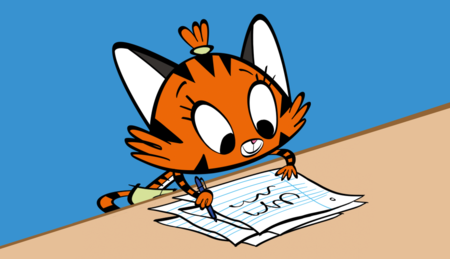
How does handwriting practice reinforce reading...
Amelia Mehra
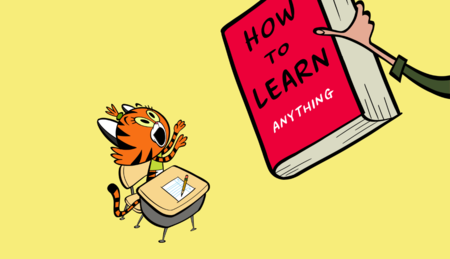
What is word consciousness and how can it be bu...
Amelia Mehra
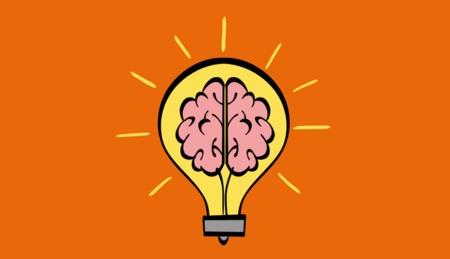
What is phonological awareness?
Amelia Mehra

Sight words: The difference between irregular a...
Amelia Mehra

Why don’t children just learn whole words?
Amelia Mehra
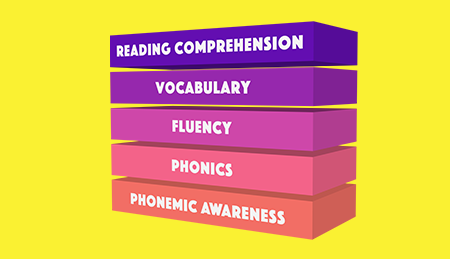
The five blocks of the Science of Reading
Amelia Mehra

Why words matter to kids' social development
Amelia Mehra

Teach challenging words early to accelerate lif...
Amelia Mehra

Why word context is crucial for children with d...
Amelia Mehra

Why is teaching vocabulary so important?
Amelia Mehra

Make the most of reading time: advice from a he...
Amelia Mehra
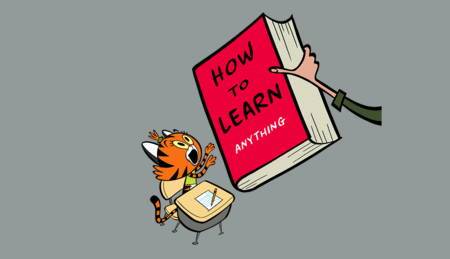
How to help children develop phonological and p...
Amelia Mehra
X


